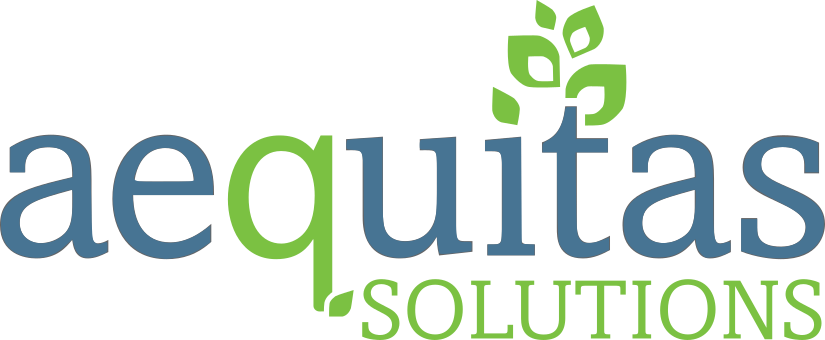Student Information Systems serve as the digital backbone of K-12 schools, housing a plethora of information about each student. From basic demographics to academic records, attendance, and extracurricular activities, a robust SIS consolidates vast amounts of data in one centralized platform.
Capturing this data isn’t enough, though. Educators should be able to easily access, view, and analyze this data to streamline administrative processes and to enhance learning outcomes by harnessing the power of data-driven insights about their students.
In this blog, we’ll delve into the importance of utilizing student data analytics in an SIS, exploring how it can identify trends, assess student performance, and implement targeted interventions for an overall improvement in the quality of education.
Identifying Student & District Trends
One of the primary benefits of utilizing student data analytics in an SIS is the ability to identify and analyze trends. By aggregating and analyzing vast amounts of student data, school districts can gain valuable insights into attendance patterns, course preferences, and engagement levels.
By making data-driven decisions, educators and administrators are better positioned to help each of their students. For example, teachers can develop curriculum and lessons that align with the learning preferences of their students that are identified through their SIS analytics.
Beyond the individual student level, the SIS data also plays a crucial role in district planning and improvement. Administrators can analyze data to identify patterns in student enrollment, resource allocation, and overall program effectiveness. This information is invaluable for making informed decisions about curriculum development, faculty training, and future investments.
Assessing Student Performance
Data analysis also plays a pivotal role in assessing and monitoring student performance. Traditional assessment methods, often limited to standardized tests and periodic assignments, fall short of capturing the dynamic nature of student performance.
These methods might spotlight numerical scores but lack the depth to fully understand a student’s learning journey. Gathering and evaluating student data analytics can provide a more holistic view of student performance.
With robust data analytics, educators can analyze a diverse set of performance metrics, combining student demographic and social characteristics, test scores, assignment completion rates, and participation levels. This comprehensive approach helps to highlight patterns that can inform strategies tailored to individual student needs.
By leveraging student data, educators are not only better equipped to understand and address the unique strengths and weaknesses of each student but are also set up to create an educational experience that propels every student toward success.
Implementing Targeted Interventions
Once trends and performance metrics are identified, educators can implement targeted interventions to address specific challenges or opportunities. Utilizing student data analytics allows for the creation of personalized learning tracks, flexible interventions, and additional support mechanisms for students who may be struggling.
If a student faces challenges in a specific area, teachers can create a tailored response for intervention. For example, a student struggling with a particular concept might be recommended to receive additional resources or targeted tutoring, ensuring that learning obstacles are addressed quickly and effectively.
Not every student follows the same trajectory. Adaptive interventions, informed by real-time data, allow educators to adjust their strategies dynamically. Early detection of potential issues enables educators to proactively intervene, creating a more inclusive and supportive learning environment.
Enhancing Teacher Decision-Making
Just as data analytics can enhance students’ experiences, it can also help empower teachers to make data-backed decisions. By equipping teachers with data-driven insights, they can make more informed decisions about instructional methods, learning materials, and classroom management strategies.
For instance, if the SIS data reveals that certain students thrive in collaborative settings, teachers can structure group activities to play on these strengths. Or if the attendance data highlights chronic absenteeism, the teacher can notify the student’s guardians for at-home intervention. This dynamic approach to classroom management ensures that the learning environment is not only conducive to academic success but also aligns with the needs of the students.
Having student data also gives teachers more ownership over their lessons. Equipped with the data of what works best for their students, teachers can tailor lessons and learning strategies to ensure the best chance at comprehension and retention. Being able to adapt to the unique needs of each student creates a more effective and engaging educational experience for everyone in the classroom.
What to Look for in Student Information System Analytics
Not every Student Information System is created equal, and that goes double for their data and analytics capabilities. If your district is looking for a more powerful and comprehensive data solution, look for the following features.
Drill down features
Your SIS should allow users to filter and drill down into the district’s data. This ability will let you get as granular as you need to find specific pieces of information.
At-risk students
One of the more important elements of an SIS is its ability to flag at-risk students. This enables educators to set early and customized interventions to get students back on track.
Real-time data
Real-time data is critical to making timely and informed decisions. Your SIS should be capable of pulling up-to-date data at a moment’s notice.
Access to historic data
Along with having access to real-time data, your SIS should also provide historical data. With this capability, district users can identify past trends and patterns to inform future strategic decisions.
Configurable dashboards
Users across your district should have the ability to configure dashboards that update in real-time. This will ensure the data they need daily is always at their fingertips, helping to save time and streamline data collection.
Pre-built and custom reports
Your SIS analytics component should come with pre-built and custom reports. Not every district has the same data needs, so having both will help your district hit the ground running and also create reports critical for your district.
Student Data Analytics is Essential
Leveraging data analytics in a Student Information System benefits school districts in several ways. By harnessing the power of data, districts can identify trends, assess student performance, implement targeted interventions, and enhance overall learning outcomes.
SIS data analytics not only helps to optimize administrative processes but also in rethinking the way we approach education, making it more personalized, adaptive, and effective for every student. As we continue to embrace the era of digital education, the utilization of student data analytics is a key driver in shaping the future of learning.
Our Q Analytics module is a powerful tool that enables educators to quickly and precisely analyze district data. If you’re interested in learning more about our data solutions, contact us today.


